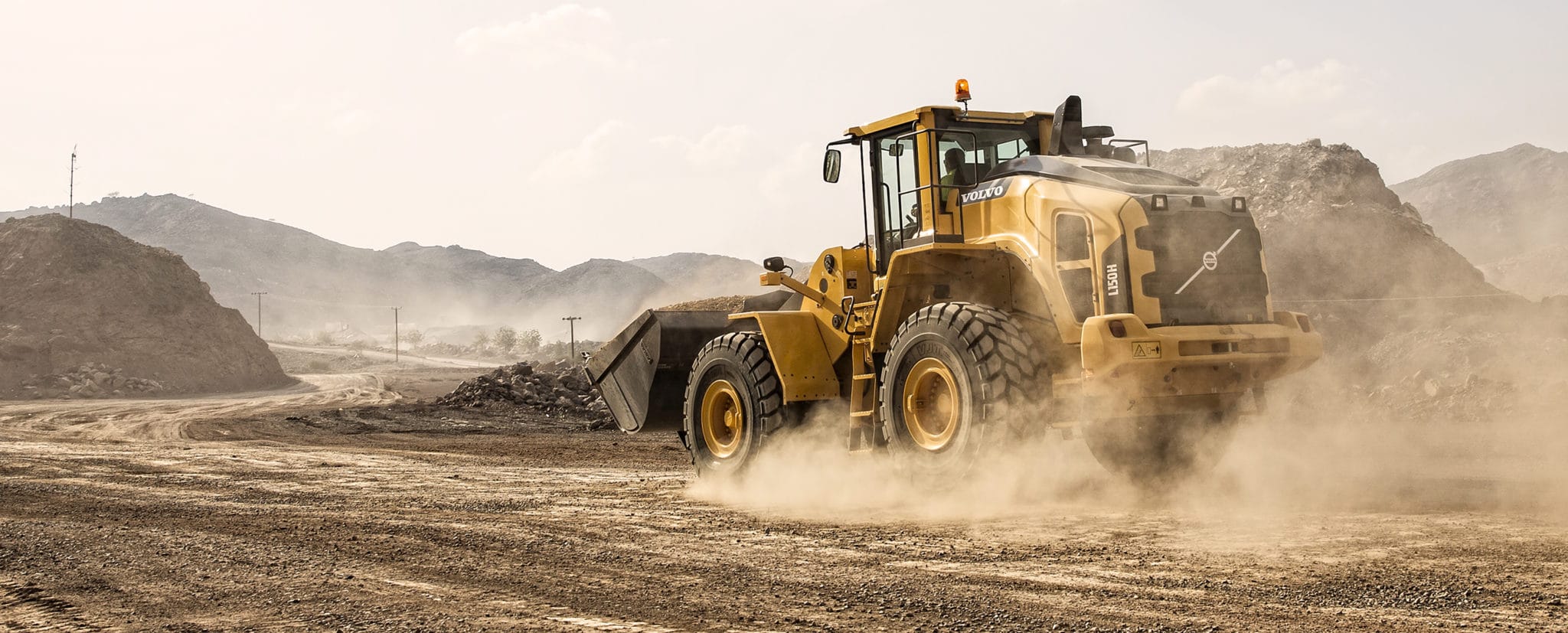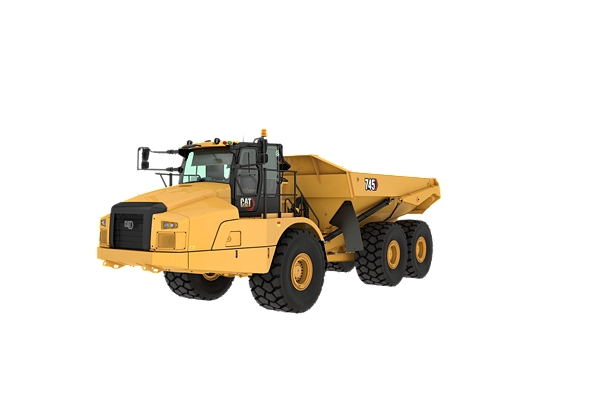Renting Out Vs. Purchasing Building Devices: Making the Right Option for Your Project
When beginning on a building job, one of the crucial choices that forecast stakeholders and supervisors encounter is whether to acquire or rent out construction equipment. Both choices have their benefits and disadvantages, making the choice a critical one in the job preparation procedure. The choice pivots on various aspects such as expense factors to consider, job period, devices upkeep, scalability, danger, and adaptability administration. Each element plays an essential duty in determining one of the most ideal course for the task's devices requirements. heavy equipment rental. Let's explore these factors even more to comprehend exactly how they affect the decision-making procedure and inevitably the success of the job.
Price Considerations
Leasing devices frequently requires reduced initial payments compared to purchasing, making it an eye-catching choice for temporary jobs or specialists with spending plan constraints. In the long run, consistently renting out tools can build up higher prices than buying, especially for extensive jobs.
On the various other hand, acquiring building equipment involves higher ahead of time expenses but can cause long-term savings, specifically for lasting projects or constant users. Owning devices provides adaptability, benefit, and the potential for resale value once the project is completed. Additionally, possessing equipment allows for personalization and experience with certain equipment, potentially boosting effectiveness and productivity on-site. Inevitably, the decision in between renting and acquiring construction equipment rests on the project's duration, regularity of use, budget factors to consider, and long-lasting financial objectives.
Project Period

Conversely, for lasting jobs or recurring construction work, getting tools can be the extra cost-effective choice. Acquiring equipment can bring about cost financial savings in the long run, specifically if the tools will certainly be regularly utilized. Additionally, possessing tools provides a feeling of control over its accessibility and permits customization to fit specific job demands.

Devices Upkeep
Offered the essential role project period plays in establishing the most affordable method between purchasing and renting building tools, the emphasis now moves in the direction of examining the essential aspect of equipment maintenance. Appropriate maintenance is crucial for guaranteeing the ideal efficiency and long life of building equipment. Leasing tools typically comes with the benefit of having well-kept equipment given by the rental firm. This can ease the worry of upkeep tasks from the project proprietor or professional, saving time and initiative. On the other hand, possessing tools calls for a positive approach to upkeep to avoid breakdowns, ensure safety and security, and extend the tools's life expectancy. Normal assessments, servicing, and timely repair services are needed to maintain owned equipment in top working condition. Element in maintenance expenses when determining between buying and renting out, as disregarding upkeep can bring about expensive repair services, downtime, and project delays. Inevitably, a properly maintained building and construction tools fleet, whether rented or possessed, is important for the reliable and effective completion of building and construction tasks.
Flexibility and Scalability
In the world of building and construction tools monitoring, the aspect of versatility and scalability holds significant relevance for task effectiveness and resource use. Deciding to lease construction devices provides a high degree of flexibility as it enables for the fast adjustment of equipment types and amounts based on the advancing needs of a project.
Leasing building and construction devices provides the advantage of easily scaling operations up or down as job needs this website fluctuate. Professionals can promptly add or exchange tools to match the job's changing demands without the constraints of having properties that may become underutilized or outdated.
Threat Management
Reliable risk management in construction equipment operations is critical to ensuring task success and mitigating prospective economic losses. check my blog Construction jobs inherently include numerous dangers, such as tools malfunctions, mishaps, and job delays, which can considerably influence the project timeline and budget. By meticulously thinking about the threats related to owning or renting out construction devices, project managers can make educated decisions to decrease these potential risks.
Renting construction devices can provide a level of threat reduction by moving the obligation of maintenance and repairs to the rental firm. This can reduce the economic problem on the job owner in instance of unexpected tools failures (heavy equipment rental). In addition, renting gives the versatility to gain access to specialized tools for particular job stages, reducing the risk of possessing underutilized equipment
On the other hand, having building devices offers a feeling of control over its usage and upkeep. Nonetheless, this likewise implies birthing the complete obligation for repairs, upkeep costs, and devaluation, boosting the financial risks linked with equipment ownership. Mindful risk evaluation and factor to consider of aspects such as task period, equipment utilization, and upkeep needs are vital in establishing one of the most ideal choice for reliable risk monitoring in construction projects.
Verdict
Finally, when deciding in between renting out and purchasing building and construction equipment, it is necessary to think about expense, task duration, tools upkeep, risk, flexibility, and scalability management. Each factor plays an essential role in identifying one of the most appropriate option for the project handy. By carefully evaluating these aspects, job supervisors can make an educated decision that lines up with their spending plan, timeline, and general job objectives.
